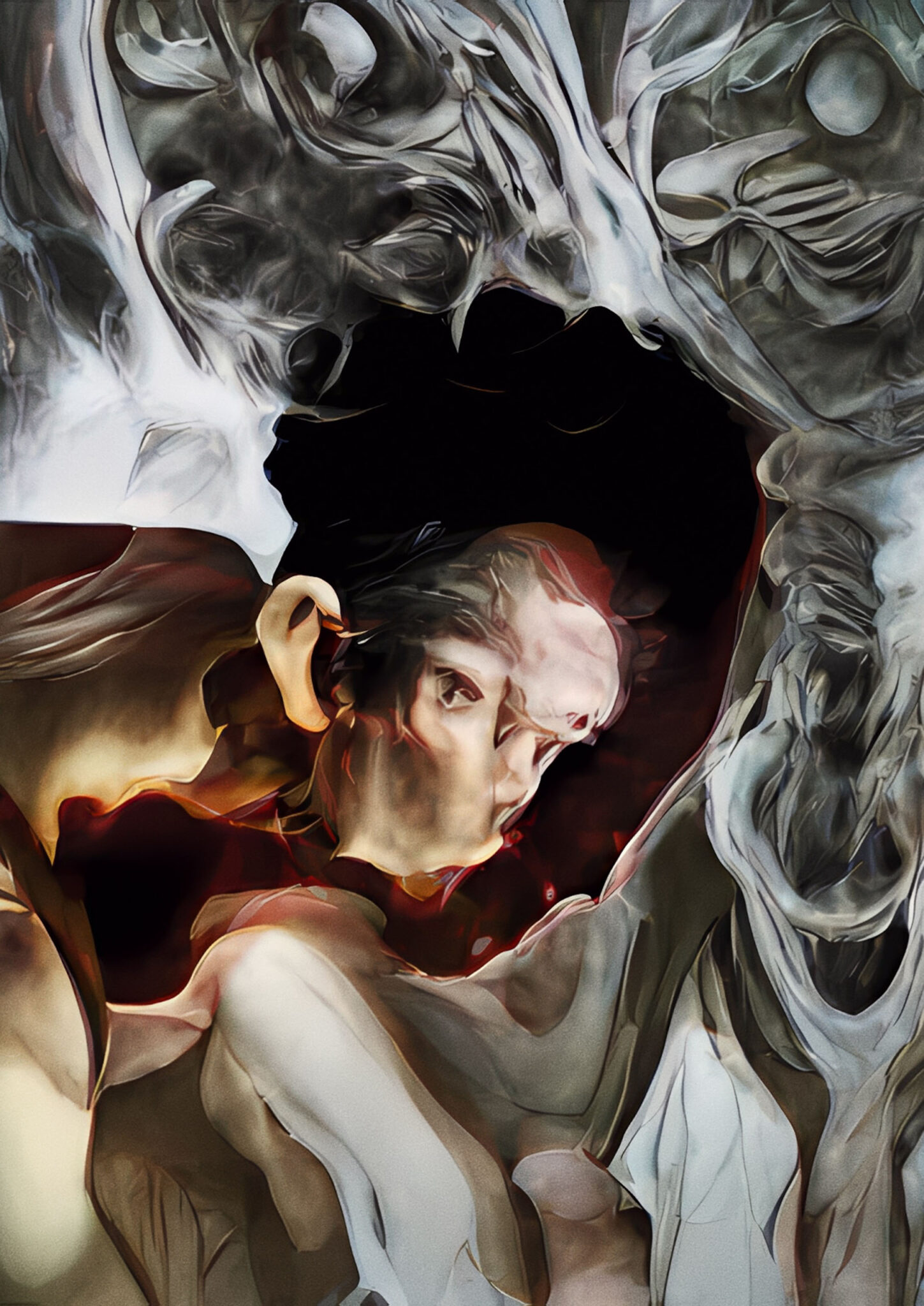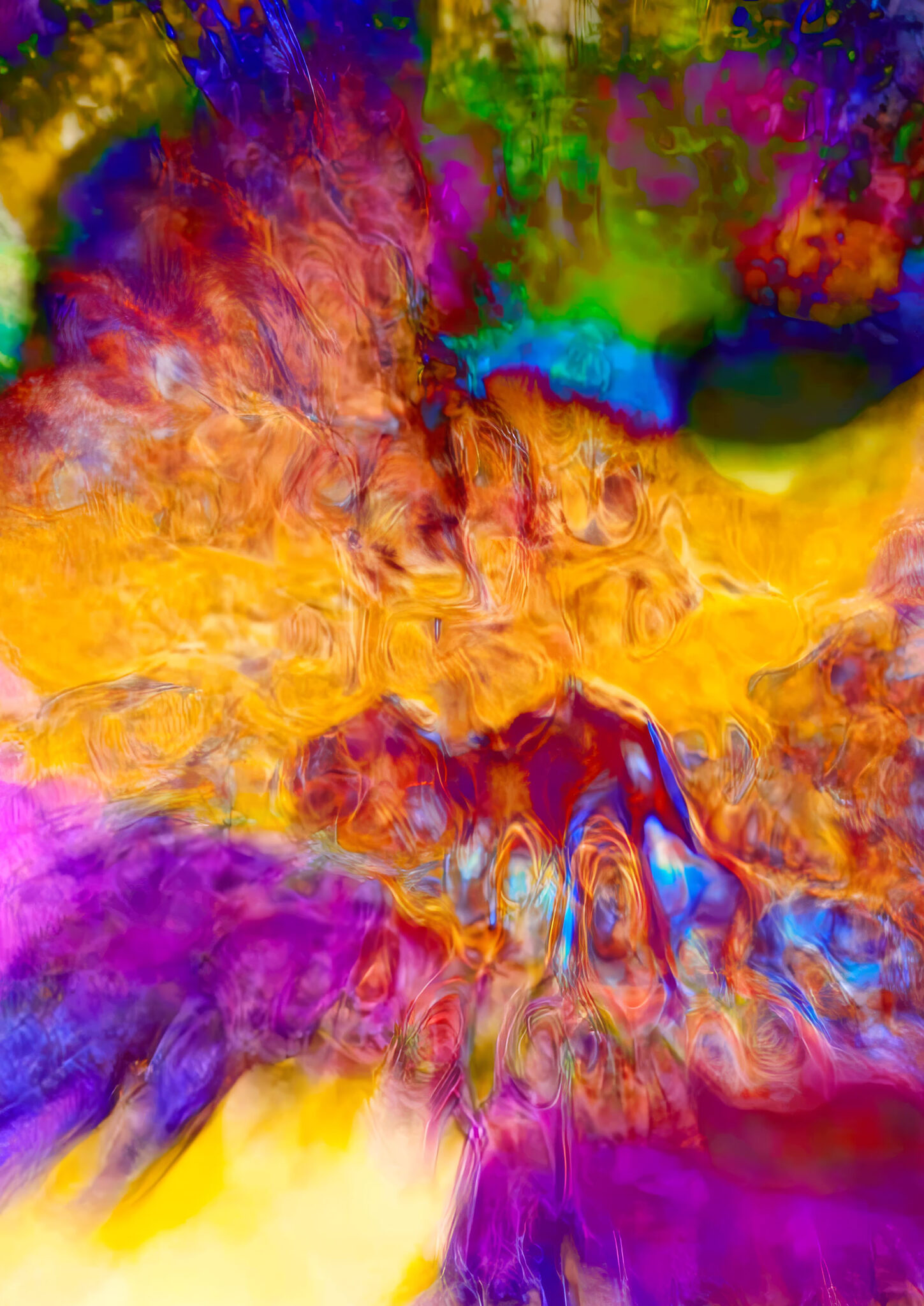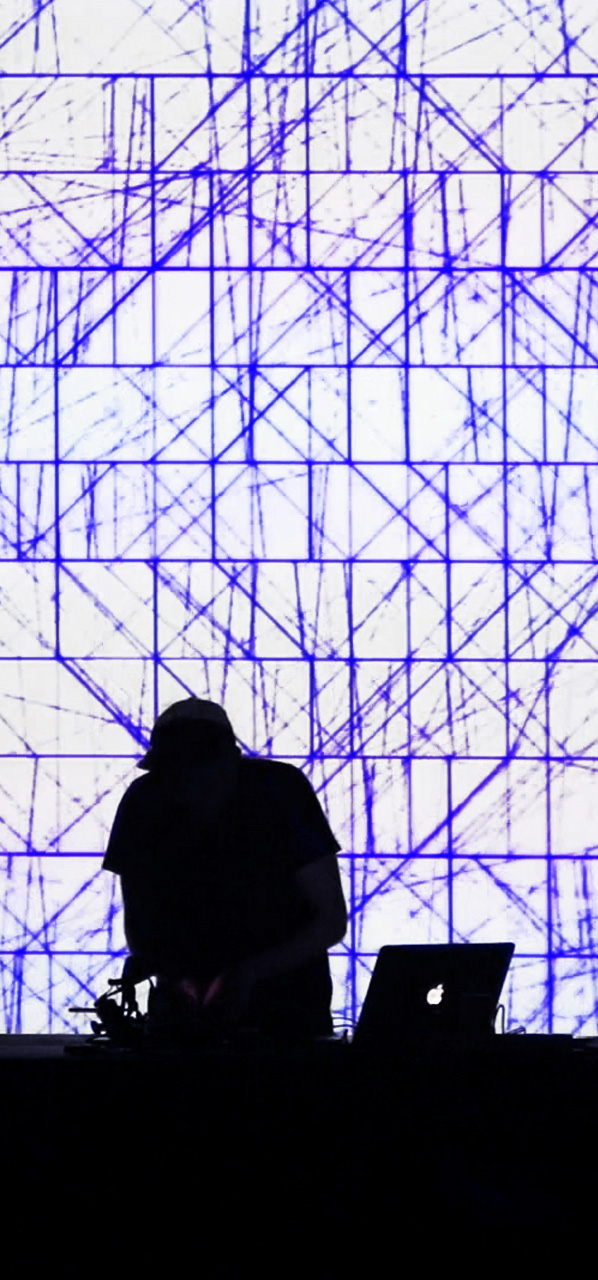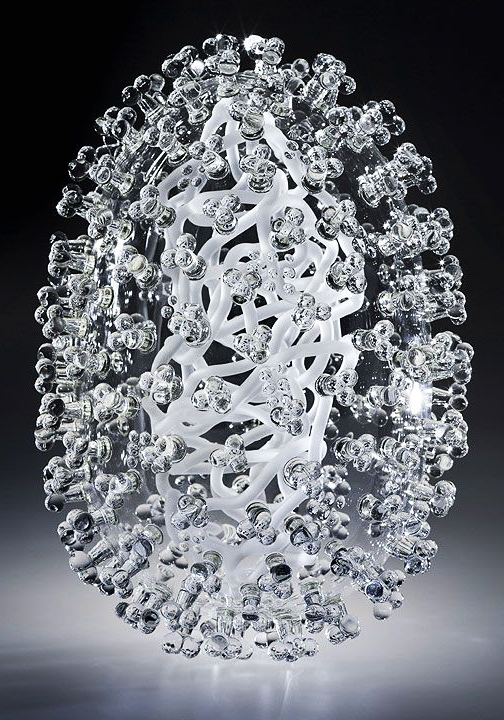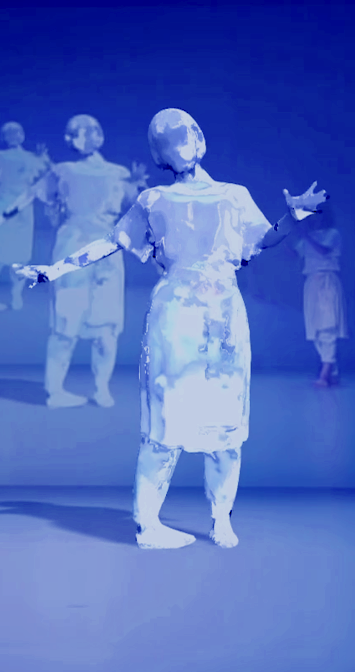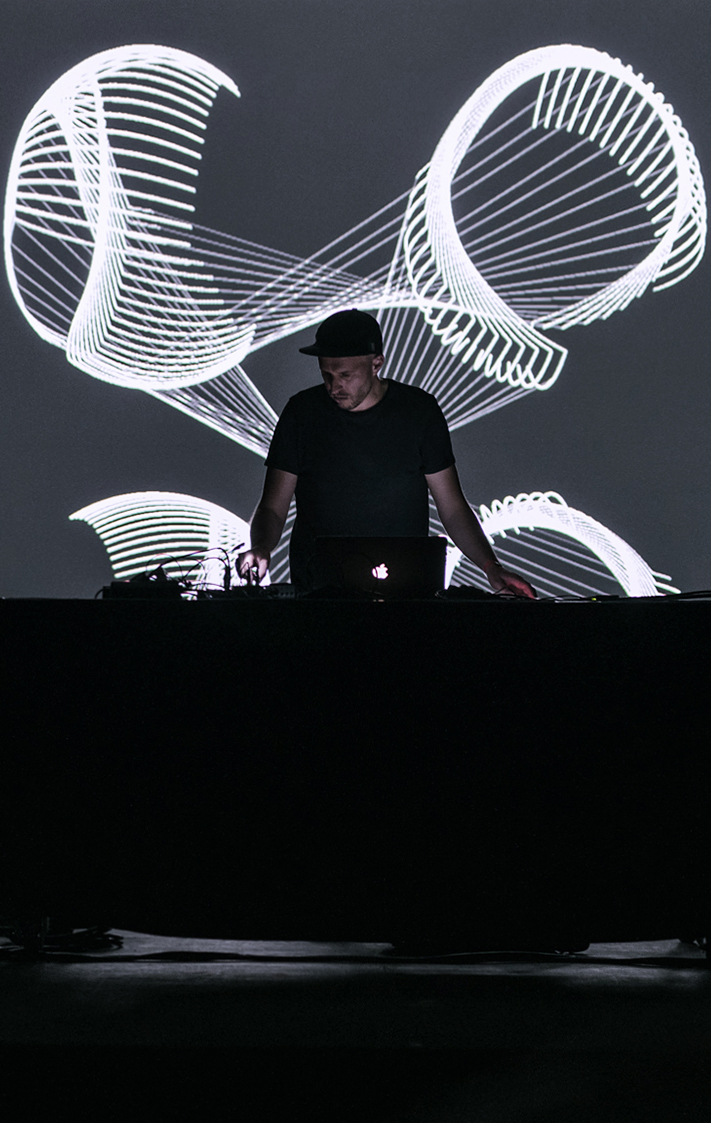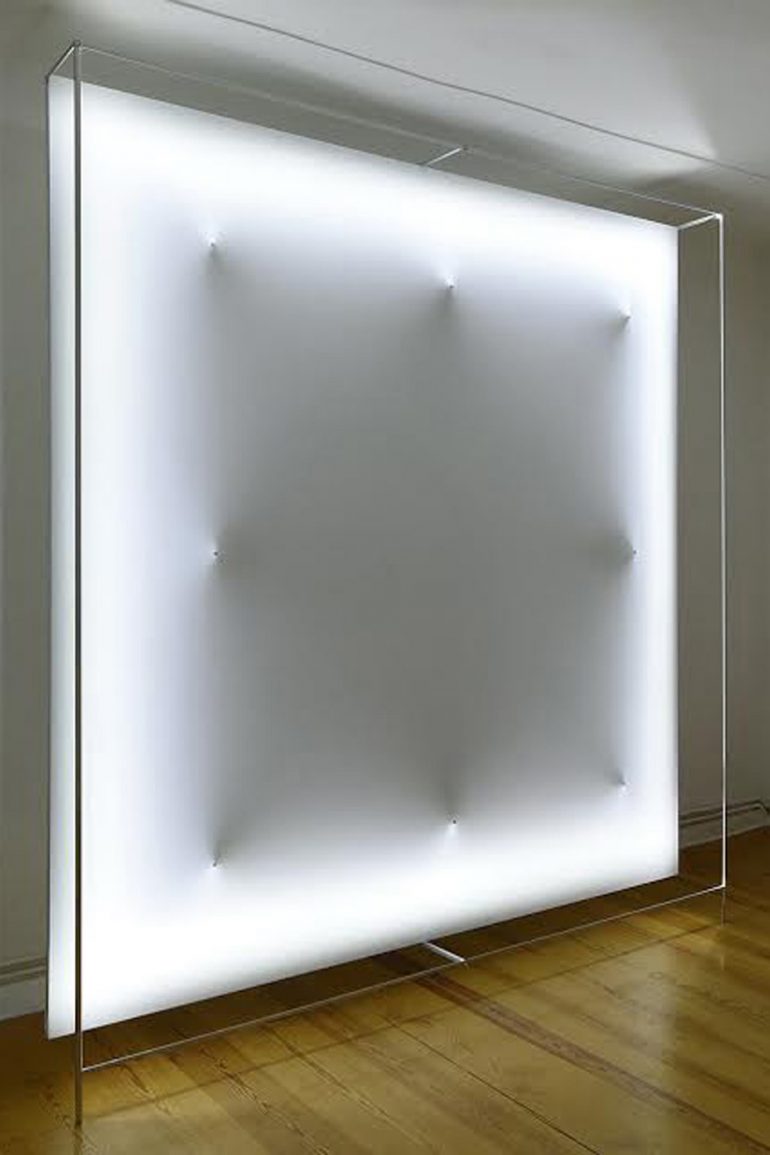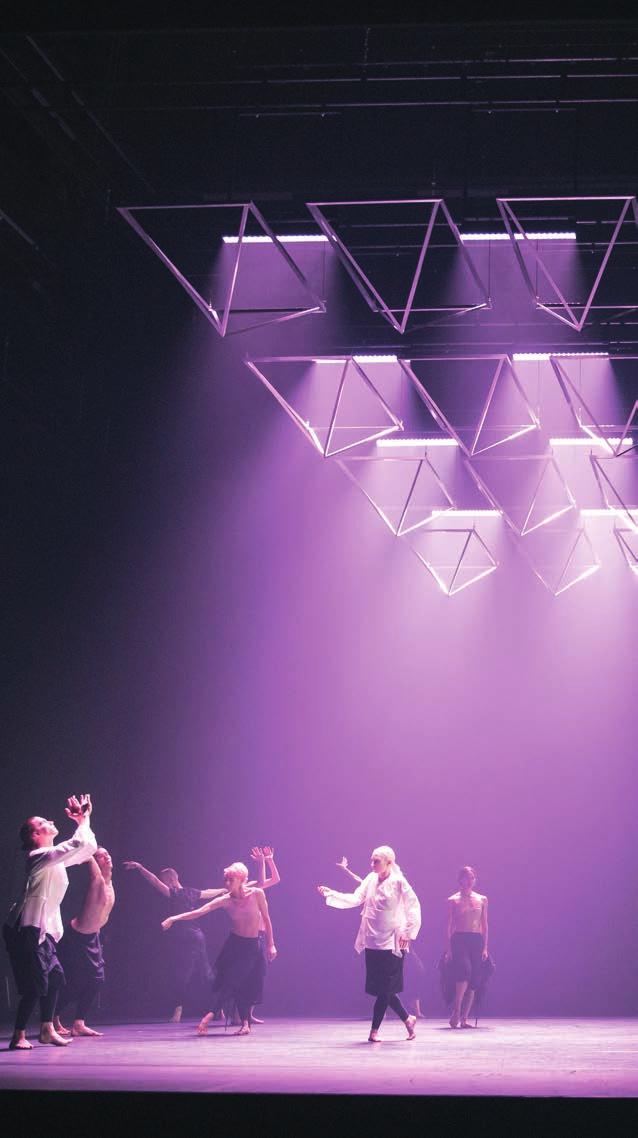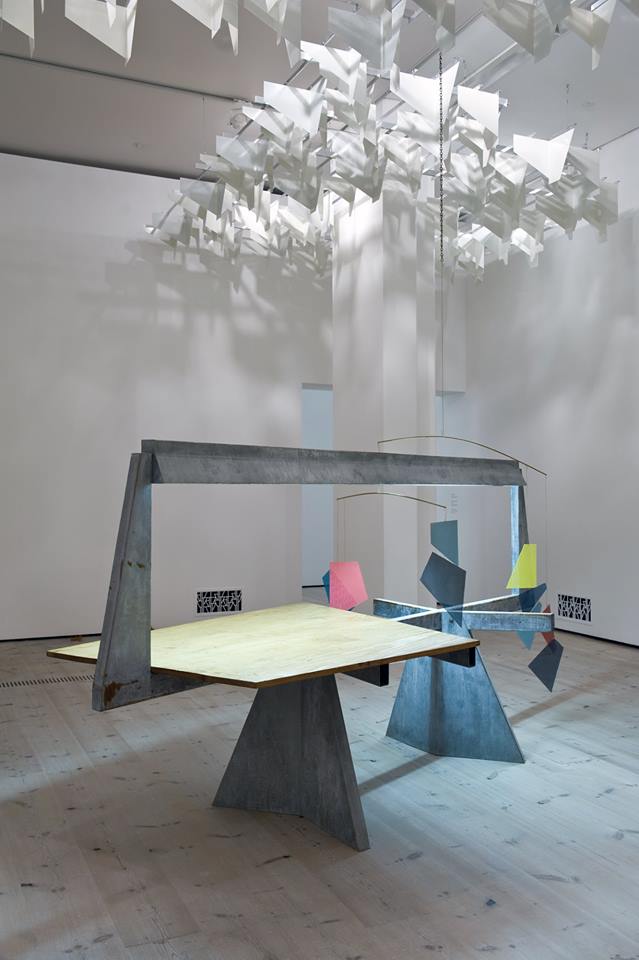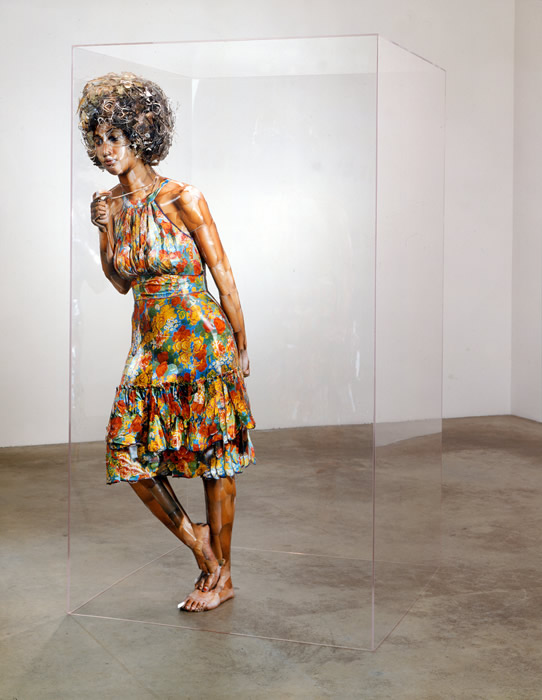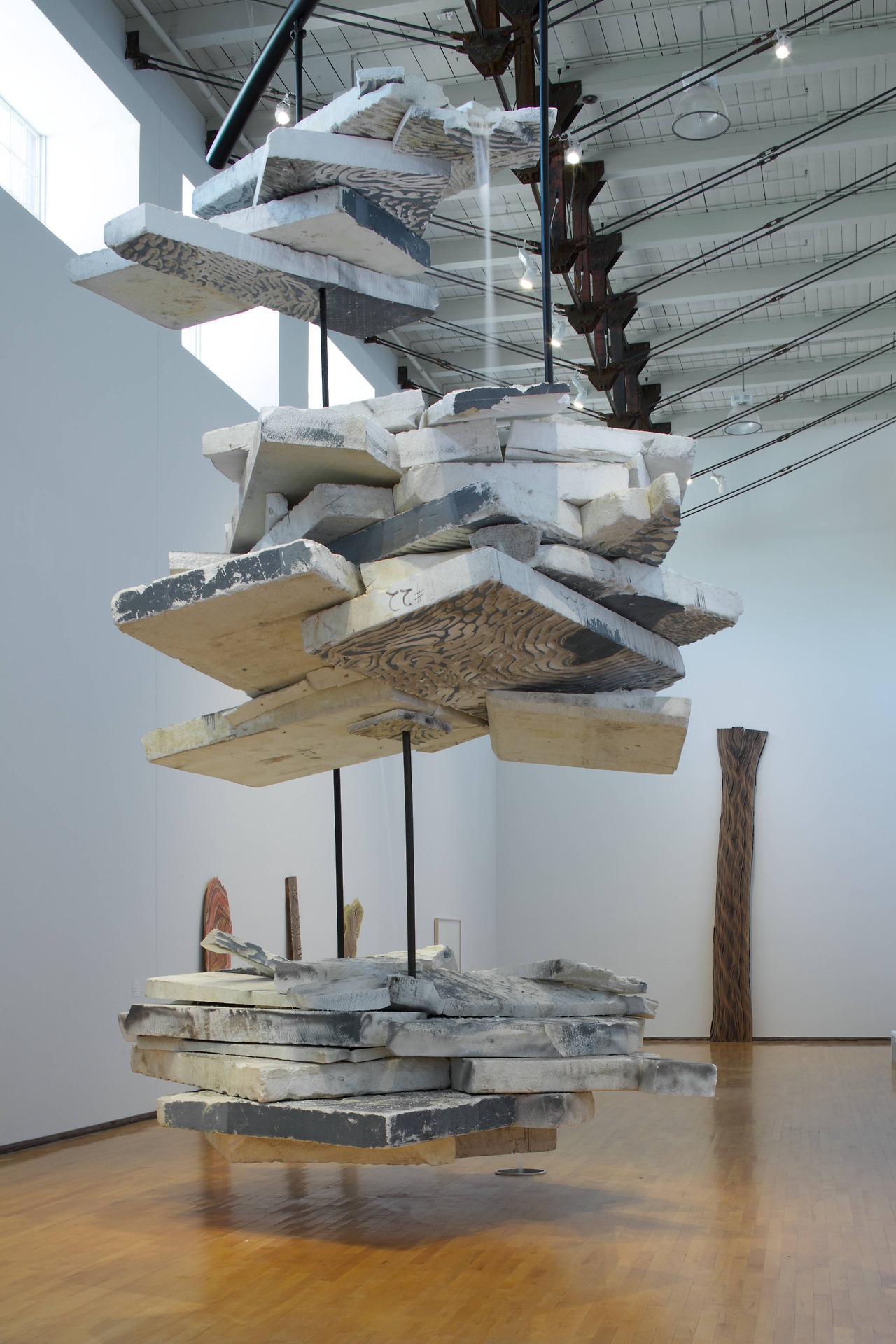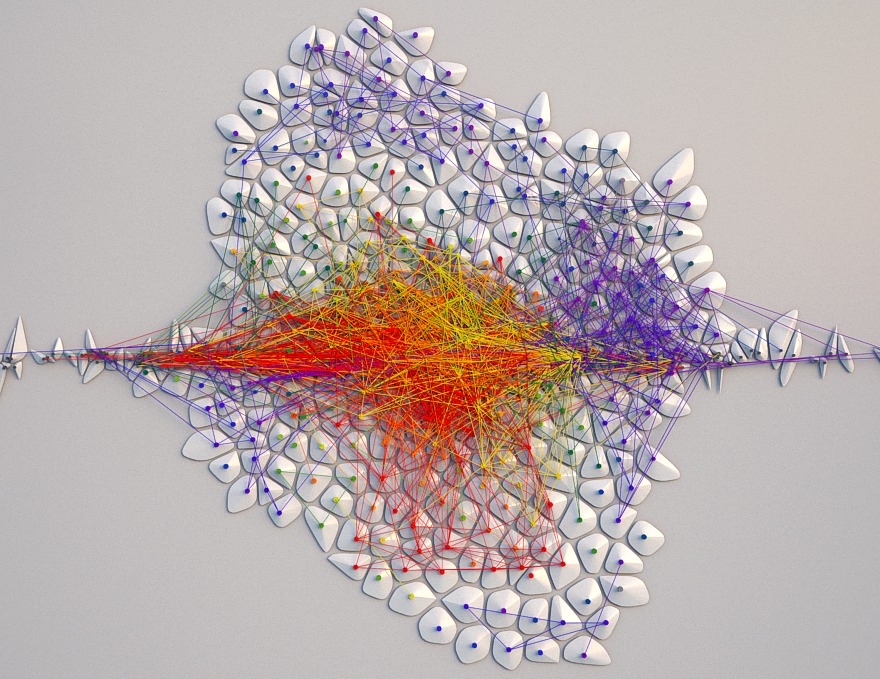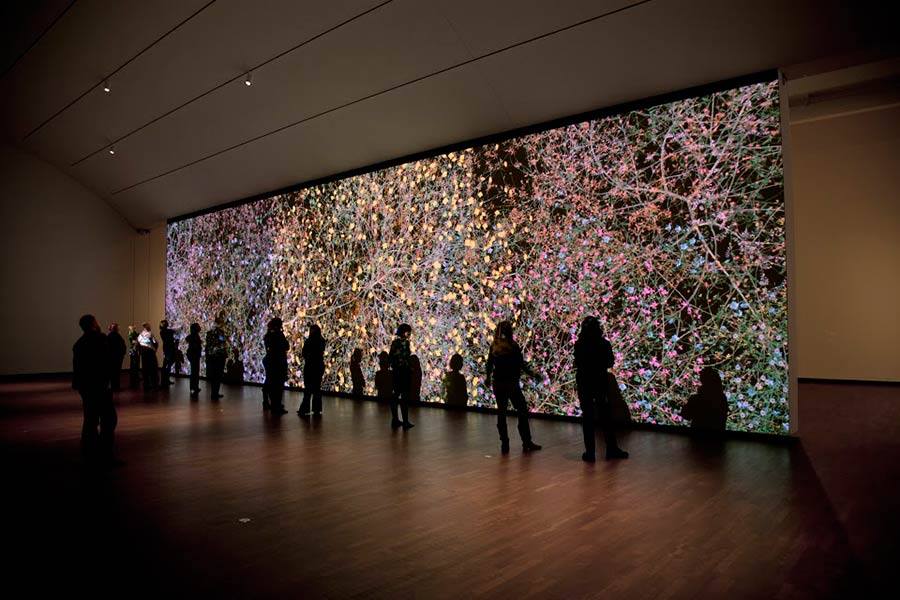
QUBIT AI: SurrealismToday.com
The Legend of Ogie
FILE 2024 | Aesthetic Synthetics
International Electronic Language Festival
SurrealismToday.com – The Legend of Ogie – United States
What worlds exist beyond Einstein’s speed limit? Inspired by Eric Weinstein’s theory of Geometric Unity, the work explores the idea that space-time is like a melody playing over an eight-dimensional universe. Abstract and metamorphic forms transition from organic forms to parastatic patterns, creating a dance of visuals and sounds that merge into an immersive experience of fractal unfolding.
Bio
SurrealismToday.com is an artist collective and educational platform dedicated to the proliferation of surreal and visionary ontologies in contemporary art. The group began as an esoteric cargo cult dedicated to discovering the beautiful, the fantastic, and the transcendent in the pseudo-philosophical landscape of the art world. His methods include searching for gems in the digital world and infusing mystical enchantments into generative diffusion models.
